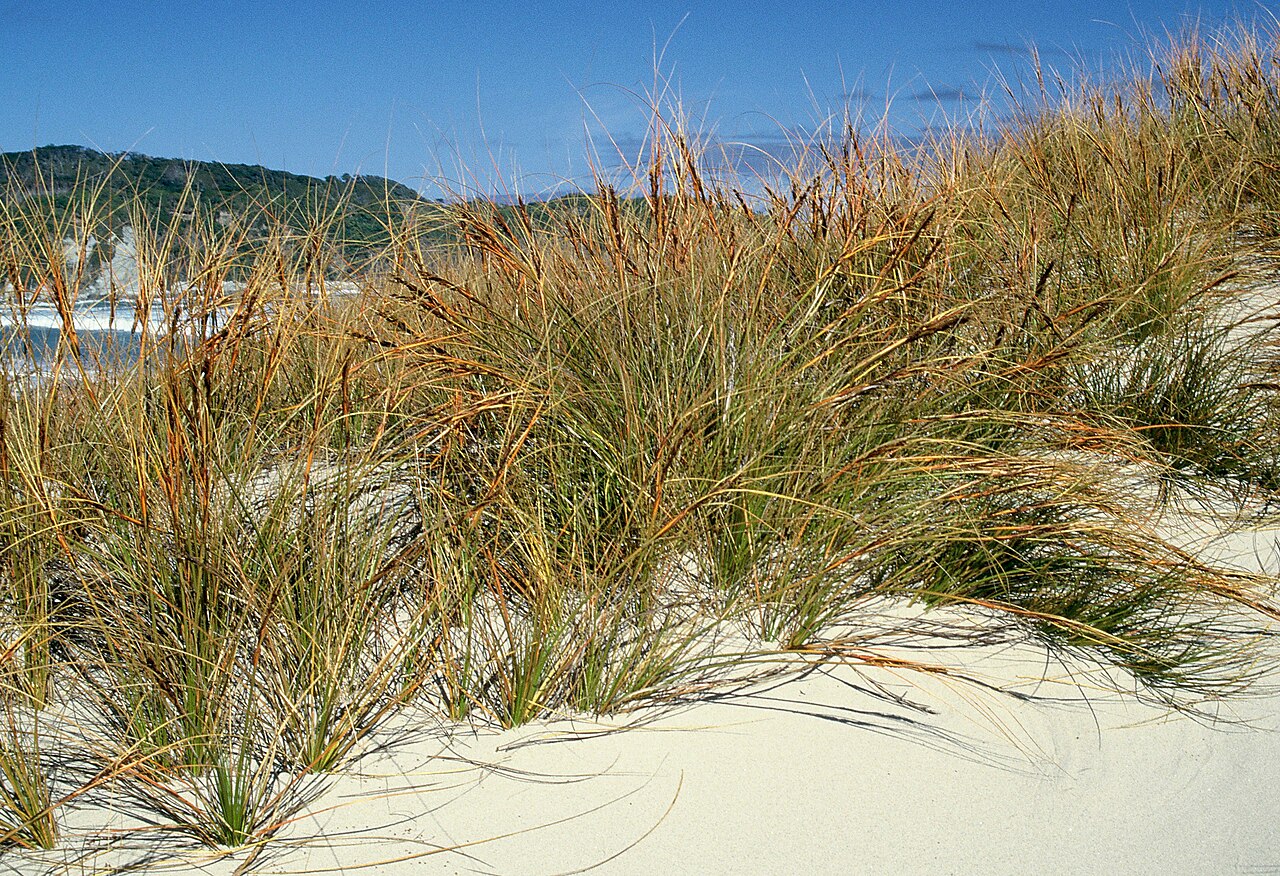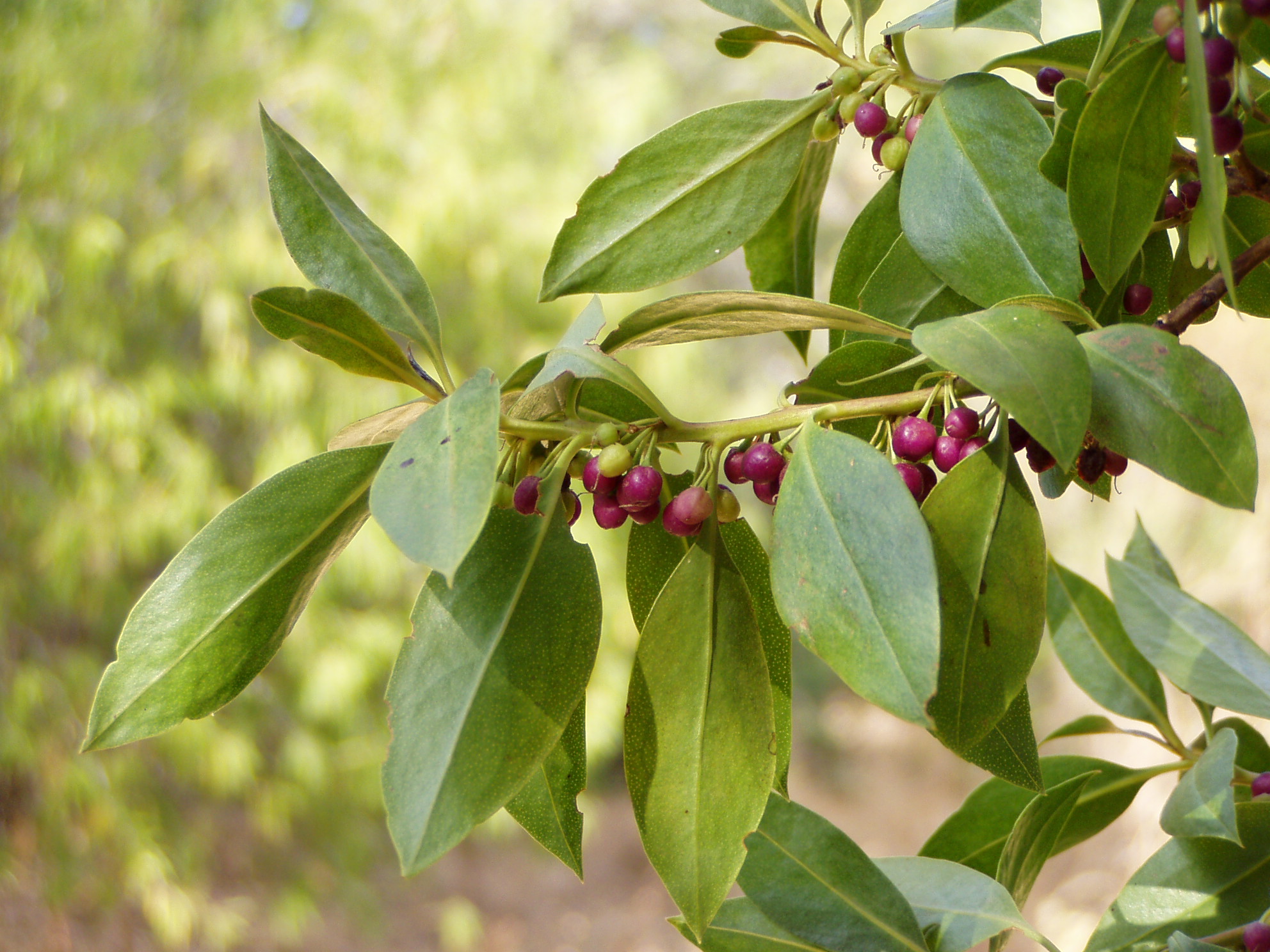New Zealand's 15,000 kilometers of coastline host unique plant communities adapted to some of the most challenging growing conditions on Earth. From sandy beaches and dunes to rocky shores and coastal cliffs, these habitats demand special adaptations to withstand salt spray, strong winds, shifting substrates, and limited freshwater.
Coastal plants play a crucial ecological role in stabilizing dunes, preventing erosion, and creating habitat for native wildlife. Many of these specialist species have developed fascinating survival strategies, including succulent leaves to store water, extensive root systems, and low-growing habits to avoid wind damage.
Unfortunately, coastal environments are under significant pressure from development, invasive species, and climate change. Many of New Zealand's coastal plants are now threatened, making their conservation a priority.







